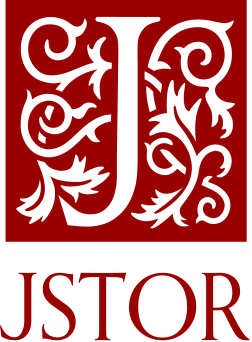This is a list of instruments by Hornbostel-Sachs number, covering those instruments that are classified under 311.211 under that system. It includes instruments that are Stick zithers, musical bow cum stick, with rigid string carrier, curved flexible end, one attached resonator gourd.
Contents
- 3 : Instruments in which sound is produced by one or more vibrating strings (chordophones, string instruments).
- 31 : Instruments which consist solely of a string bearer or a string bearer with a resonator that is not integral to the instrument
- 311 : Instruments with a string bearer shaped like a bar, or consisting of a sideways board (bar zithers)
- 311.2 : Instrument has a rigid and inflexible string carrier (stick zither)
- 311.21 : Instrument has a string carrier with one curved, flexible end (musical bow)
- 311.211 : Instrument has one resonator gourd
These instruments may be classified with a suffix, based on how the strings are caused to vibrate.
- 4: Hammers or beaters
- 5: Bare hands and fingers
- 6: Plectrum
- 7: Bowing
- 71: Using a bow
- 72: Using a wheel
- 73: Using a ribbon
- 8: Keyboard
- 9: Using a mechanical drive

A plectrum is a small flat tool used to pluck or strum a stringed instrument. For hand-held instruments such as guitars and mandolins, the plectrum is often called a pick and is a separate tool held in the player's hand. In harpsichords, the plectra are attached to the jack mechanism.
In music, a bow is a tensioned stick with hair(usually horse-tail hair), coated in rosin to facilitate friction, affixed to it that is moved across some part of a musical instrument to cause vibration, which the instrument emits as sound. The vast majority of bows are used with string instruments, such as the violin, although some bows are used with musical saws and other bowed idiophones.

A musical keyboard is the set of adjacent depressible levers or keys on a musical instrument. Keyboards typically contain keys for playing the twelve notes of the Western musical scale, with a combination of larger, longer keys and smaller, shorter keys that repeats at the interval of an octave. Depressing a key on the keyboard makes the instrument produce sounds—either by mechanically striking a string or tine, plucking a string (harpsichord), causing air to flow through a pipe organ, striking a bell (carillon), or, on electric and electronic keyboards, completing a circuit. Since the most commonly encountered keyboard instrument is the piano, the keyboard layout is often referred to as the piano keyboard.

